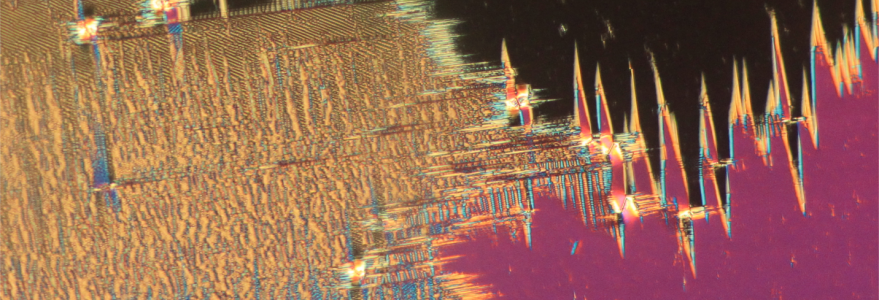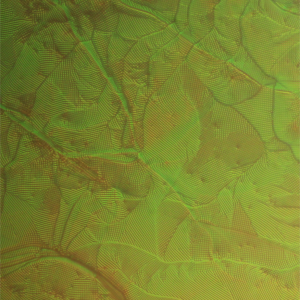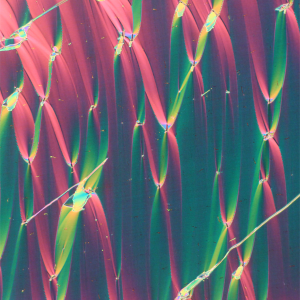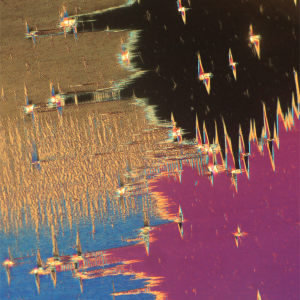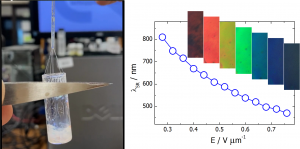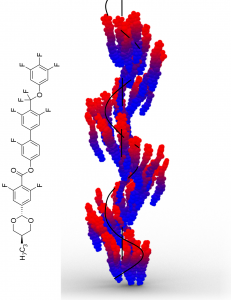Scientists from the Faculty of Chemistry at the University of Warsaw in cooperation with researchers from the Military University of Technology, have discovered a new way of helical ordering of electric dipoles in a ferroelectric liquid. The work has been published in the latest issue of “Science”.
Helices are structures commonly found in nature, the most famous example is a double helix of DNA. They appear naturally in materials created by low-symmetry molecules, i.e. chiral molecules that are non-superimposable on their mirror images. Electric dipoles are systems of spatially separated positive and negative charges. Although majority of molecules have a dipole moment, they only occasionally form crystalline networks in which the dipoles are aligned in one direction, creating a ferroelectric phase.
Until recently, it was widely believed that in liquids, dipole interactions were too weak compared to the energy of thermal motion to maintain such ordering. The possibility of forming liquid phases with ferroelectrically ordered dipoles is surprising on its own, but the discovery that non-chiral molecules in such ferroelectric liquid spontaneously arrange themselves into helices is entirely extraordinary. Moreover, the pitch of these helices is comparable to the wavelength of visible light, causing selective colors of light to be reflected by the helical structure. Ferroelectric ordering allows the structure’s parameters, and thus its optical properties including color of reflected light, to be easily controlled by a weak electric field.
Formation of helices and ordering of dipoles
The research team, in which there are scientists from the Faculty of Chemistry of the University of Warsaw (Prof. Ewa Górecka, Prof. Paweł W. Majewski, Prof. Damian Pociecha, Dr Jadwiga Szydłowska) and researchers from the Military University of Technology, have thus managed to combine two surprising properties in a liquid phase – the spontaneous formation of helices from non-chiral molecules and the ferroelectric ordering of dipoles.
“Liquid crystals, often described as the ‘fourth’ phase of matter, consequently to their name, share features of liquid and crystal. Although they are frequently exploited in everyday devices, liquid crystals still remain a source of surprising finds within basic science. The discovered and described new type of liquid crystalline phase combines two fascinating phenomena: spontaneous breaking of chiral symmetry and ferroelectric ordering of electric dipoles – both in a fluid phase,” Prof. Damian Pociecha said.
The researcher explains that this discovery is fascinating in itself but also opens up possibilities for new applications, e.g. in electro-optical technologies.
The results of the research work conducted by scientists from the Faculty of Chemistry at the University of Warsaw and the Military University of Technology have been published in the latest issue of “Science”.
The research work has been carried out under the project from the National Science Centre funds NCN OPUS (2021/43/B/ST5/00240),
Publication details
J. Karcz, J. Herman N. Rychłowicz, P. Kula, E. Górecka, J. Szydłowska, P. W. Majewski, D. Pociecha, 2024, Spontaneous chiral symmetry breaking in polar fluid-heliconical ferroelectric nematic phase, Science, https://www.science.org/doi/10.1126/science.adn6812



